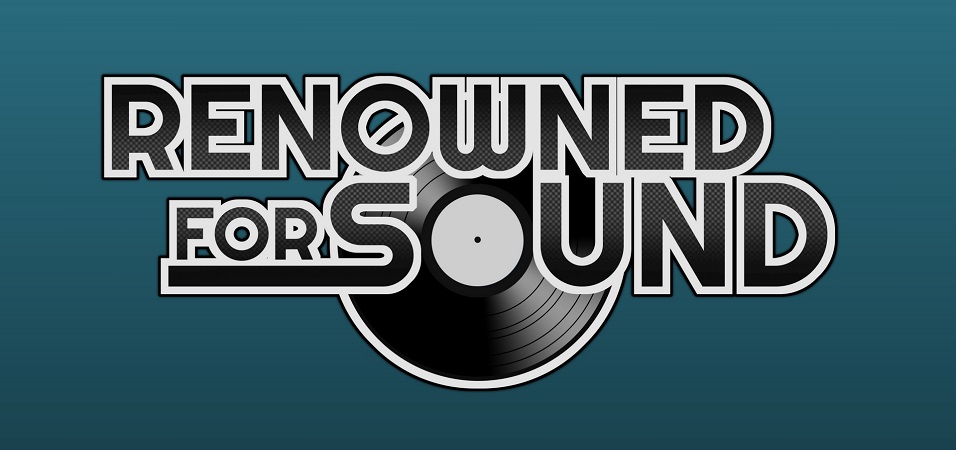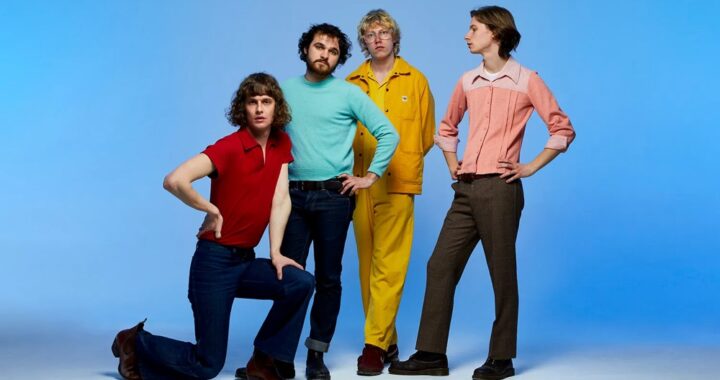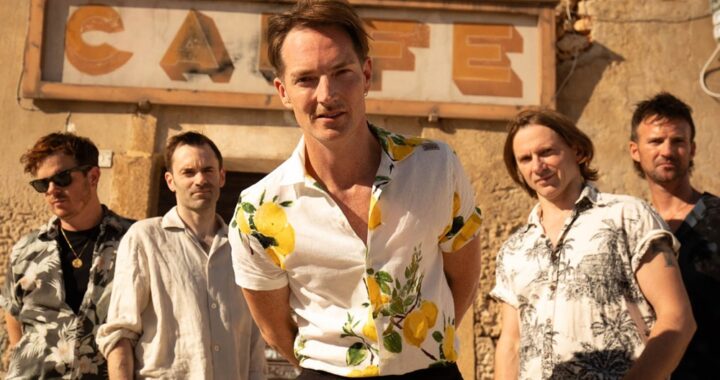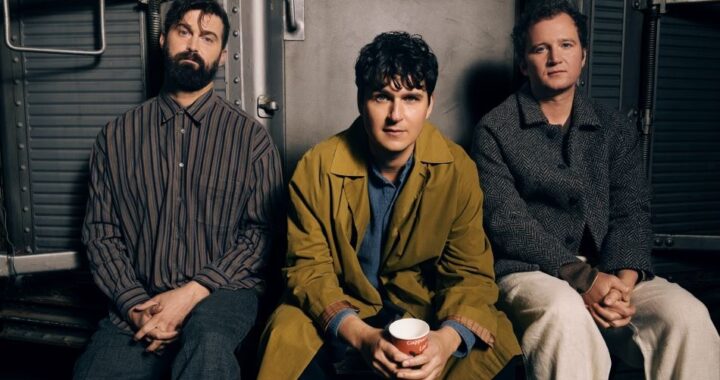Album Review: The Chemical Brothers – Born in the Echoes
3 min read
With over 20 years of experience in the industry and eight albums under their belt, The Chemical Brothers don’t really have much to prove at this point. Their position as one of the most influential acts in electronic music is more than solidified, and they’ve got five consecutive number one albums in the UK to prove it. The problem in these situations is that it usually leads to higher expectations, which can be a double edged sword when it comes to releasing new music.
 In its early stages, Born in the Echoes shows a lot of promise. The singles are all packed into this first half, starting with the repetitive yet classic house sound of Sometimes I Feel So Deserted and instantly following it up with the electronic hip-hop of Go and the eclectic, rapid electronic style of Under Neon Lights. By front-loading the album with singles, it starts the album off on its strongest note. While this makes for a tough act to follow, EML Ritual does a good job of following up Under Neon Lights, using a similar sound as a manner of almost melding the two tracks together, creating a good segue between them, though it does suffer without the vocals of St. Vincent’s Annie Clark. I’ll See You There melds psychedelic rock and electronic music seamlessly together, a mix that works perfectly with the trademark sound of the Chemical Brothers’ music.
In its early stages, Born in the Echoes shows a lot of promise. The singles are all packed into this first half, starting with the repetitive yet classic house sound of Sometimes I Feel So Deserted and instantly following it up with the electronic hip-hop of Go and the eclectic, rapid electronic style of Under Neon Lights. By front-loading the album with singles, it starts the album off on its strongest note. While this makes for a tough act to follow, EML Ritual does a good job of following up Under Neon Lights, using a similar sound as a manner of almost melding the two tracks together, creating a good segue between them, though it does suffer without the vocals of St. Vincent’s Annie Clark. I’ll See You There melds psychedelic rock and electronic music seamlessly together, a mix that works perfectly with the trademark sound of the Chemical Brothers’ music.
It’s from Reflexion and on that the album starts to fall. Songs become simpler and repetitive, and the guest vocalists begin to disappear. While Reflexion just comes off as feeling uninspired, the follow-up Taste of Honey recycles the verse instrumental from This Is Not a Game, their song with Miguel from the soundtrack for The Hunger Games: Mockingjay Part 1, with the end result being a simpler and less explosive song that lacks any sense of progression; it’s overly repetitive, but not in a good way.
Of the final six tracks, the only two that leave any lasting positive impression are the title track, with its electronic soft rock sound and fitting vocals by Cate Le Bon giving the song a similar air to Under Neon Lights, and Wide Open, a better take on the simple house sound that feels more engaging thanks to catchier melodies and guest vocals from Beck that add to the almost melancholic sound of the song. Wide Open is the only song to really reach the quality threshold set by the singles, which makes for a good closer, and lessens the sting of the second half.
But by this stage, the damage is already done. By front-loading the album with the best tracks, the second half is left to suffer in its wake, with the exception of Wide Open. The album leaves the impression that they’re resting on their laurels, rather than continuing to explore what makes their music so infectious. There’s definitely more good songs on the album than bad. Overall, though, the quality difference between the two halves is what makes it a good album, rather than a great one.



